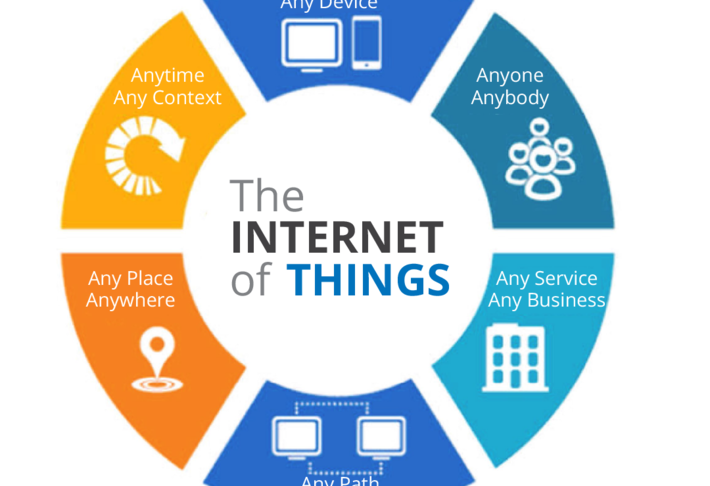
Introduction to IoT
The Internet of Things (IoT) is all about connecting everyday devices to the internet so they can share data without needing human involvement. These devices have sensors and software that collect information from their surroundings, helping to automate tasks, monitor conditions, and make processes more efficient.
How Internet of things Works
IoT devices use sensors to gather data like temperature, location, or even how things are used. This data gets sent over the internet to be analysed and used. It can be stored in the cloud or processed closer to where it’s collected, called edge computing, for faster responses.
Key Components of Internet of things
- Devices and Sensors:
- IoT includes devices from smart thermostats and wearable fitness trackers to industrial machinery sensors.
- Connectivity:
- Devices connect using Wi-Fi, Bluetooth, or cellular networks to send and receive data reliably.
- Data Processing:
- Data is analysed either in the cloud or locally to make sense of it and take action.
- Applications and Benefits:
- IoT makes things work smarter, saving time and money, improving safety, and even helping the environment by using resources more wisely.
Benefits of Internet of things
- Improved Efficiency:
- Automating tasks and monitoring conditions helps things run smoother and saves time.
- Cost Savings:
- Predicting when things need fixing before they break saves money on repairs and downtime.
- Better Experiences:
- Personalized services and connected devices make life easier and more enjoyable.
- Environmental Impact:
- Using resources more efficiently reduces waste and pollution, making a positive impact on the environment.
Applications of Internet of things
- Smart Home: Control devices like lights and thermostats remotely for comfort and energy savings.
- Healthcare: Monitor health conditions remotely and manage medications more effectively.
- Transportation: Improve traffic flow and safety with connected vehicles and smart traffic signals.
- Industry: Use sensors to monitor machines and optimize production processes for better efficiency.
- Cities: Manage resources like water and electricity more efficiently in urban areas.
Challenges and Considerations
- Security: Protecting data and devices from hackers is crucial for IoT systems.
- Privacy: Safeguarding personal information collected by IoT devices is important for user trust.
- Compatibility: Making sure different devices and systems can work together smoothly is a challenge.
- Scalability: Handling the growing number of connected devices and data can be complex.
Future Trends
- 5G and IoT: Faster internet speeds will support more devices and quicker data transmission.
- Edge Computing: Processing data closer to where it’s collected will improve response times.
- AI and Machine Learning: Using artificial intelligence to analyze IoT data will lead to smarter decisions and automation.
Conclusion
The Internet of Things (IoT) connects devices to make life and work easier and more efficient. By collecting and sharing data, IoT helps us save time and money, improve safety, and protect the environment. As IoT technology grows, it will continue to transform how we live and do business, creating a more connected and intelligent world.


